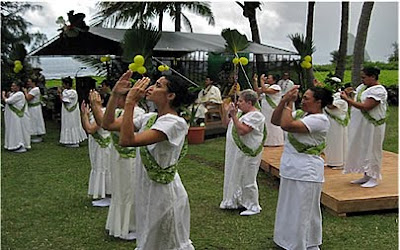Leprosy is a chronic skin disease caused by bacteria known as “leprae”. Leprosy is also known as Hansen’s Disease, which is named after Dr. Hansen, the person who discovered the leprae bacteria in 1783 but tracing back to the medicinal journal, leprosy has been around since 600B.C. The external symptom of leprosy such as skin lesion is the most common symptom of leprosy. If leprosy is left untreated, it can be very progressive and can cause permanent damage to the skin, nerves, limbs and eyes. However, contrary to urban myth, leprosy does not actually cause body parts to simply fall off.
The main cause of leprosy is when bacteria leprae enter your body through the nose or through the broken skin others who have leprosy. Once the leprae bacteria enters your body, it goes straight to your epidermis because of the high amount of blood, which contains oxygen and nutrients. The leprae bacteria will start breeding and infecting your skin causing leprosy. However, that is not the only cause of leprosy as an untreated syphilis disease could cause leprosy. When untreated, the syphilis virus will be mutated causing the same skin condition as leprosy.
The few symptoms of leprosy consists of redness, darker or lighter spot than skin that look very odd. That part of skin usually have no sensation and when you pinch or touch it, you will not feel anything as the leprae bacteria has killed the nerves beneath the skin. You will also suffer from chronically stuffy nose and many other skin lesions and nodules on the sides of your body.
With modern medical technology, diagnosis and treatment of leprosy is easy and most endemic countries are striving to fully integrate leprosy services into existing general health services. leprosy treatment has been made available by WHO free of charge to all patients worldwide since 1995, and provides a simple yet highly effective cure for all types of leprosy.
Information campaigns about leprosy in high risk areas are crucial so that patients and their families, who were historically ostracized from their communities, are encouraged to come forward and receive treatment. The most effective way of preventing disabilities in leprosy, as well as preventing further transmission of the disease, lies in early diagnosis and treatment with leprosy.
+++++++++++++++++++++++++++++++++++++++++++++++++++
Disclaimer
No responsibility or liability shall attach itself to either myself or to the blogspot ‘Mozlink’ for any or all of the articles/images placed here. The placing of an article does not necessarily imply that I agree or accept the contents of the article as being necessarily factual in theology, dogma or otherwise.
Mozlink




